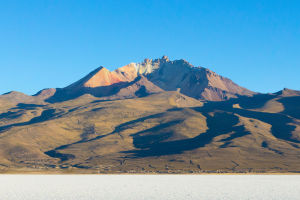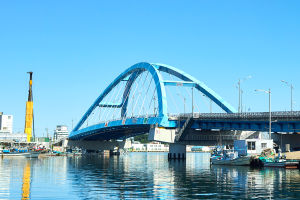Ever felt like the best parts of a trip are the hidden corners nobody tells you about? Japan's Shikoku Island offers exactly that—a chance to skip the usual tourist paths and dive deep into nature, culture, and history all by car.
If you've ever wondered how to experience Japan beyond the crowded cities, this is your ultimate guide.
Why Drive Shikoku?
Shikoku is Japan's smallest main island but packed with surprises. The landscapes range from rugged mountains and serene rivers to quaint villages where time seems to stand still. Public transport here is limited, making renting a car the best way to explore at your own pace. You'll dodge crowded trains and buses, and discover secret spots where locals go to relax.
Planning Your Route: Hidden Gems in Ehime and Kochi
While many visitors stick to Shikoku's famous pilgrimage trail, there's so much more tucked away, especially in the prefectures of Ehime and Kochi.
1. Ehime's Secret Hot Springs
The mountains hide peaceful onsen (hot springs) where you can soak in nature without crowds.
• Dogo Onsen, near Matsuyama, is popular but still retains charm; entry is about $5 USD.
• For a more secluded experience, try Tsuwano Onsen, 45 minutes from Matsuyama by car—tiny, family-run baths surrounded by forest (entry is approximately $3 - $7 USD).
• Tip: Visit on weekdays early morning to enjoy solitude and cool mountain air.
2. Kochi's Rugged Coast and Onsens
Kochi's Pacific coastline is wild and beautiful, with fewer tourists than Japan's west coast.
• Ryugado Cave is a stunning limestone cave with a self-guided tour costing about $10 USD. It's about an hour's drive from Kochi city.
• For onsen lovers, Niyodo Onsen offers mineral-rich waters in a quiet setting. A soak here costs around $7 USD, and the open-air baths overlook lush hills.
Car Rental Tips and Driving Basics
Renting a car in Japan is straightforward but here are some insider tips for Shikoku:
1. Book in advance, especially during spring and autumn when the weather is perfect and demand rises.
2. International Driving Permit (IDP) is mandatory for most foreigners. Make sure to bring this along with your passport.
3. Gas stations are frequent in towns but rare in the countryside, so fill up before heading into remote areas. Expect prices around $6 USD per gallon.
4. Drive on the left side, and watch for narrow mountain roads where cautious driving is key.
The Spiritual Side: Exploring the Shikoku Pilgrimage
Shikoku is famous for the 88 Temple Pilgrimage, a centuries-old route honoring the Buddhist monk Kukai (Kobo Daishi). Even if you don't hike the whole trail, learning about this cultural background enriches the journey.
• The pilgrimage loops the island, with temples spaced roughly 10-20 km apart, often in dramatic natural settings.
• Some travelers choose to drive between temples, stopping for short walks or meditation.
• Visiting temples like Temple 51 Ishite-ji near Matsuyama or Temple 39 Enko-ji in Kochi gives insight into Japan's spiritual heritage.
• Most temples are free to enter, but small donations ($1–3 USD) help with upkeep.
When to Visit and What to Pack
• Best seasons: Spring (March-May) for cherry blossoms and autumn (September-November) for fall colors. Summers can be hot and humid; winters are mild but sometimes rainy.
• Pack layers and waterproof shoes if you plan to hike or visit caves. Don't forget swimwear for the onsen!
• Bring cash, as some remote spots don't accept cards. ATMs are common in towns but not always near nature sites.
Local Flavor: Food to Try on the Road
Driving Shikoku is also a feast for your taste buds:
• Ehime's mikan oranges are famous—grab fresh fruit or juice at roadside stands.
• Kochi is known for katsuo no tataki (seared skipjack tuna), often served at small local eateries for around $10–$15 USD.
• Stop by markets like Kochi Sunday Market for fresh produce, snacks, and a lively local atmosphere.
Shikoku's winding roads lead you through Japan's less-explored heart—a place where history, spirituality, and untouched nature mingle. By driving yourself, you're not just a tourist—you're an explorer crafting your own story amid hot springs, ancient temples, and mountain vistas.
So, when you think about Japan next time, don't just picture crowded cities or famous shrines. Imagine the quiet splash of a mountain onsen, the curve of a coastal highway, and the peaceful ritual of a centuries-old pilgrimage. Why not start planning your Shikoku road trip today and find those secret moments all travelers crave?


